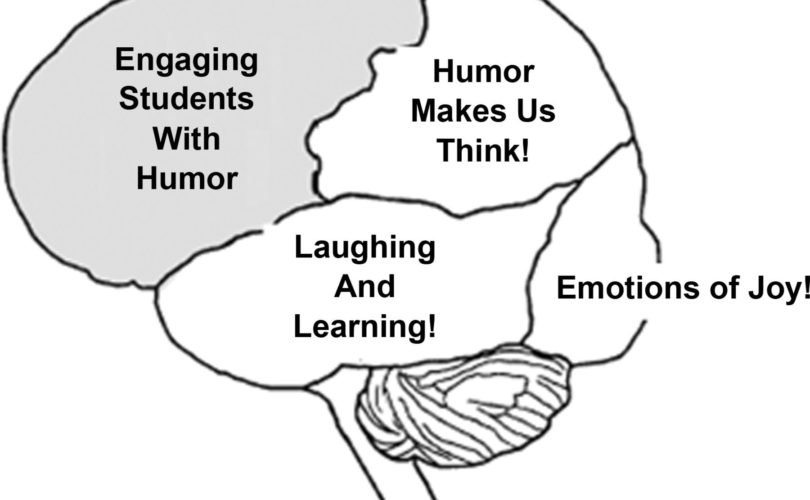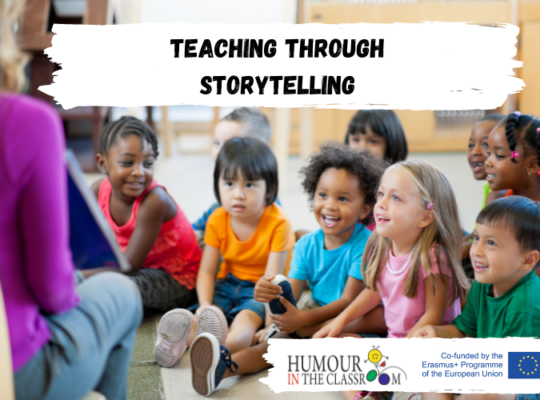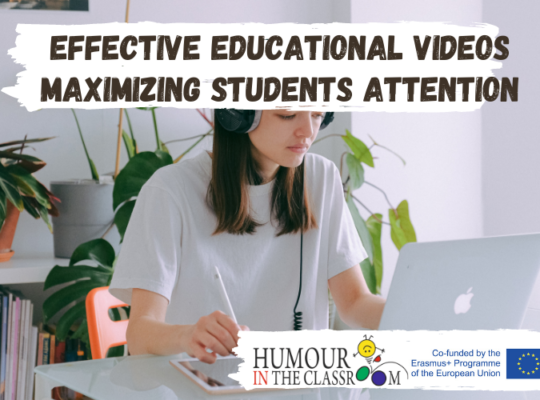What if there was a free magic pill that could reduce your students’ stress, anxiety, and tension while increasing their self-esteem, alertness, creativity, learning, and memory? Would you prescribe it? Finding a treatment that is free and without side effects and helps to improve learning and memory would seem to be an improbable task. However, based on numerous scientific studies conducted over the past half-century by Professors Robert R. Provine, Lee S. Berk, Ronald A. Berk, and others on the psychophysiological effects of humour, mirthful laughter may be the magic pill.
Candidly, humour and laughter may not directly cause learning; however, humour and laughter create conditions conducive to learning. And, although the teachers’ first responsibility to their students is to focus on learning, humour attracts and sustains attention and provides a brief break that lightens the mood and makes the learning process more enjoyable, memorable, and impressive. Specifically, when used effectively, classroom humour is documented to improve student performance by reducing anxiety, enhancing participation, and increasing students’ motivation to focus on the material, all of which help students learn information (1–3, 5). Moreover, humour and laughter have been shown to stimulate multiple physiological systems that decrease levels of stress hormones such as cortisol and epinephrine and increase the activation of the mesolimbic dopaminergic reward system. Additionally, there is a powerful connection between humour and emotion. Basic emotions, including amusement, anger, fear, and sadness are shared by all humans. When we experience emotion in our lives we tend to remember the experience. In fact, the more emotional impact an experience has, the more intensely we remember its details and the more likely it will be stored in long-term memory.
With the effects of humour on learning in mind, it is important to consider that we convey many veiled messages that relate to the kind of atmosphere we wish to foster in our classroom. Through our body language and overall manner in which we address our students, we set the stage for teaching and learning. Laughter, like smiles, is a universal language between humans. When people share laughter, there is a special connection between them. By creating positive emotional and social connections, using humour may lower defences and establish rapport, and students may be better able to focus and attend to the information being presented.
Humor in the classroom may take many forms from telling funny stories, acting something out, using props, using fun demonstrations and experiments, trying different media, music, and advertisements, and of course, borrowing from YouTube! Rather than looking for people or issues to make fun of, teachers should make fun of themselves! Self-effacing humor illustrates to students that the instructor is comfortable making mistakes and sharing these experiences with the classroom. However, it is important to remember that it is never appropriate to tell jokes that make fun of people in an offensive or diminishing way or address sensitive issues such as race, sex/gender, or religion. Furthermore, sometimes attempts at comedy can be disruptive. For example, students may still be pondering jokes that they don’t understand after the instructor has moved on; or jokes may be so funny that students continue to discuss them after the instructor has moved on.
Some educators may be concerned that they are not natural comics and that forced attempts at humor are not funny. However, learning humor is like learning to ride a bicycle. Nearly anyone can learn to ride a bike, although it is clear that few will compete in the Tour de France. Similarly, nearly everyone has the ability to sharpen their sense of humor through study and practice, although few will ever take the stage as a standup comic. The point is that improving your comedic skills will improve your teaching because teaching is not just about content; it is also about being a performer. Your content must do more than educate; it must entertain because teaching is a performance art. In the classroom, the teacher has the responsibility to communicate as well as engage and entertain.
Finally, teaching is about relationships, and it has been suggested that the purpose of laughter is related to making and strengthening human connections. Thus humour serves as a bridge between educators and students by demonstrating a shared understanding and a common psychological bond (3, 5). In this context, humour increases interactions between students and peers and students with teacher. Humor may also draw out more reserved students, all of which increases attention and motivation while reducing anxiety and stress.
Source: https://journals.physiology.org/doi/full/10.1152/advan.00123.2016






